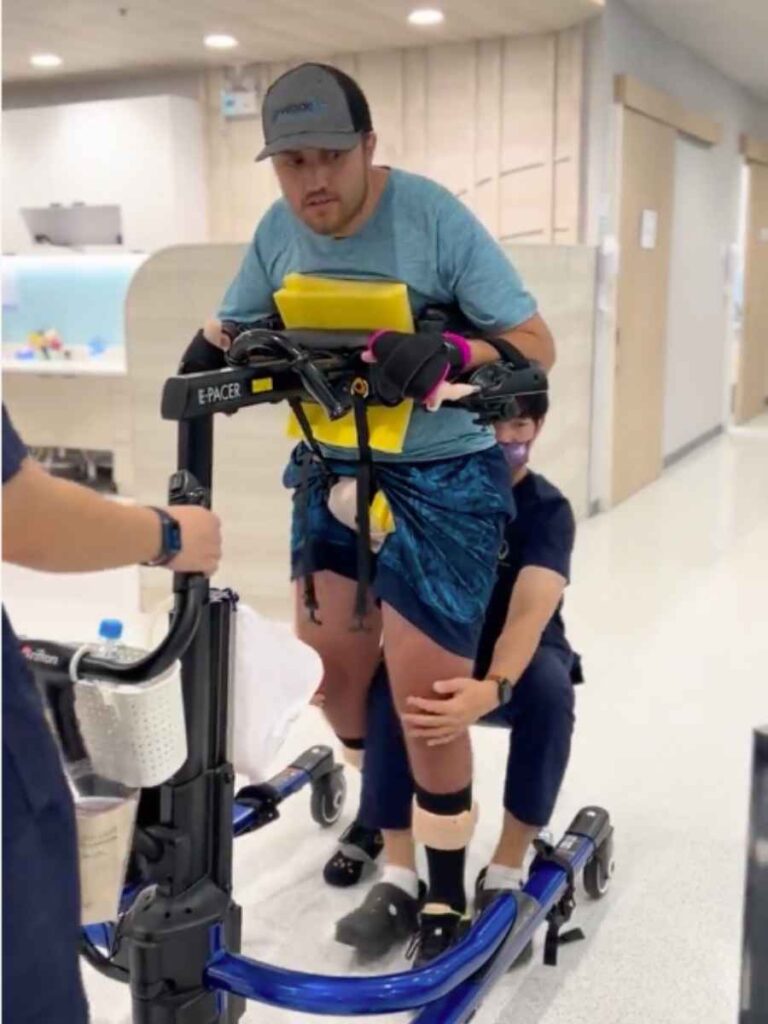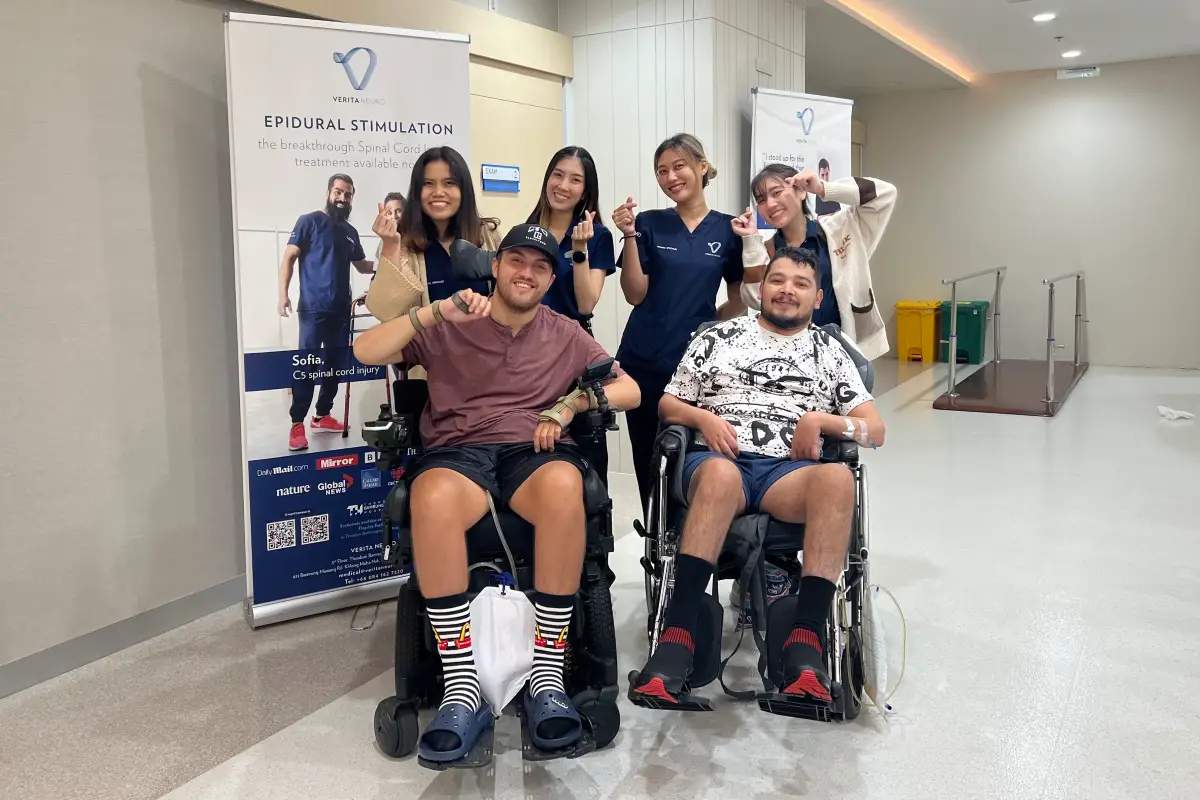Improving blood pressure regulation after spinal cord injury is challenging and often unsuccessful. Epidural stimulation offers patients an opportunity to improve a wide variety of functions, including autonomic function and motor function. Gavin, who is 26 years old, suffered an incomplete spinal cord injury in 2021 and came to Verita Neuro for treatment. He had two spinal stimulators implanted, stem cell injections and performed physio with our expert team, which allowed him to regain some functions. We asked Gavin about his experience generally and learnt about the various improvements he experienced.
Please introduce yourself and tell us about your condition. And what were your expectations prior to arriving?
My name is Gavin Krushensky. I have a C4 spinal cord injury. It happened a little over two years ago and I found this Verita Neuro online. I think I came into it with not really a lot of expectations just knowing where everyone is with spinal cord injury. But if anything can help, I look. That’s how I look at it. There’s always hope even if one small thing comes back to me, it’s worth it.
How soon after the surgery did you start to see changes?
So I’m a very anxious person. As soon as possible after the surgery, I wanted to be up, ASAP. So I was up in my wheelchair, I think it was eight hours after the surgery, and ready to start physical therapy so I could see the changes. I started noticing changes in my body, probably within two days after the surgery. I noticed my blood pressure had started coming back up to almost a normal level, once we started using the simulator, and it has been staying pretty consistently up at that level without the simulator even on.
How was the stem cell treatment?
The stem cell treatment went very well. I actually noticed some more feeling in my left arm and right arm when the team re-tested me on the Asia score. My feeling had gotten better, according to the Asia test on paper, so it wasn’t even just me.
How was the mapping process for you? How did you find the experience and how quickly was it useful?
The mapping process was overall great. I know not everyone responds the same, but it seems like I responded very quickly. On the first day, even after surgery, they showed my father that my body was responding to the stimulator. The team here is very knowledgeable about mapping the right muscle groups to get you to be able to work out again.
What does your regular day here look like?
So on a regular day here, I usually wake up, eat breakfast, and then I start the mapping process early in the morning, usually for two to three hours. Then you have a lunch break for an hour and then you go to the lower extremity mapping for another two to three hours. This happens usually Monday through Friday, and you usually have upper or lower on Saturday depending on what you’re doing.
How many people in the team are you working with and how has everything been?
I’ve been working with the same lower extremity therapist for the whole 50 days, and the same upper extremity therapist, but I’ve also gotten to know every single one of the therapists because they all jump in to help your main therapist. Everyone has been great and very helpful. They are very, very good. Another great thing is that you get to see the doctor out on the floor every single day. They’re very involved in the team.
What is your favorite exercise now and why?
So my favorite exercise now would probably be in the e-Pacer, getting up and walking. Because you’re able to work multiple different body parts. Let alone your legs, you’re moving your trunk, your arms, triceps, and that’s been I guess the best thing with the stimulator. It gives you the tools to be able to work out again.

Can you name three things that changed most significantly after the epidural stimulation surgery?
For sure, one of my biggest accomplishments that was great was the blood pressure. You don’t realize how big of a downer your body is with lower blood pressure, so it’s been really good to have higher blood pressure. Another thing I’ve noticed is more circulation through my body. I had some remnants of a pressure wound that I got two years ago and since having the stimulator that pressure wound has fully healed, so it has helped the circulation get down to that. The third thing that I’ve noticed is that I’m able to sweat again, which is really great for body temperature. Not being able to control body temperature is a big part of spinal cord injuries and it’s very nice to be able to sweat again.
What were your impressions of the facility and what did you like most about your stay here?
My impressions of the facility have been really great. The nursing staff are amazing. The physical therapy is amazing. When you’re going to an Asian country, it’s my first time from the US flying this far, you kind of just don’t know what your expectations are. So getting here and seeing the hospital made me feel at ease and relaxed. It was pretty well kept and very clean.
How is the medical care here different from health care at home?
The medical care here was amazing. When you need a nurse more than one comes in, so you always have someone at your beck and call if you need something. If you have any questions, because you’re in a foreign country, the staff and everyone were very willing to help and get your questions answered and also to assist you to get what you need. So the staff care here was very over the top and very, very good.
The team here has been excellent. I know. Back in the US, there’s hope but here, I feel like everyone loves to come here. It’s a very good mindset here, with a lot of hope, they don’t stop until they get what they want out of the stimulators. I’ve even seen it with people that may not respond as well – they keep pushing to get the response that they need out of the simulator, so they can send them back with a really good workout to help them try to get stronger and get better.
Was the epidural stimulation worth it and why?
Yes, the stimulator was definitely a great thing. I think it’s probably one of the best things we have right now, for this type of an injury. I’ve done a lot of research on spinal cord injuries and they’ve gotten far, but there’s always setbacks with anything you do, so I think as of right now, this is the best way to regain function while it’s on and get blood pressure back. New discoveries are happening every day, but right now, I think it is probably the best thing. Just to get your blood pressure back is worth it, that’s an amazing accomplishment because you don’t realize how much that affects your body.
What are your long term goals?
My longest goal is to be up on my feet again and get back to normal, but I know everyone with an SCI [spinal cord injury] may say that. But right now my biggest goal is to get into a power assisted wheelchair and build up enough strength to be able to use a manual slash power chair. So I don’t have to be in a bigger wheelchair, which I am in now.
You have clearly come a long way. Do you have a message for people at home who are waiting to learn about your recovery?
Yeah, the people here are very happy to help and I’m very thankful I did this. I think it was very much worth it. Anything you do has risks, there’s risks in anything, and there’s a risk, you know, you may not get anything back. But there’s also a big risk, you may get something back. So that’s how I looked at it. I would rather try that naturally. So I took the risk. Overall, this was an amazing trip. With some amazing people. I’ve met a lot of new friends here.
The above is not a verbatim transcript of Gavin’s interview. Some comments have been altered or re-arranged in order to improve the reading flow.






